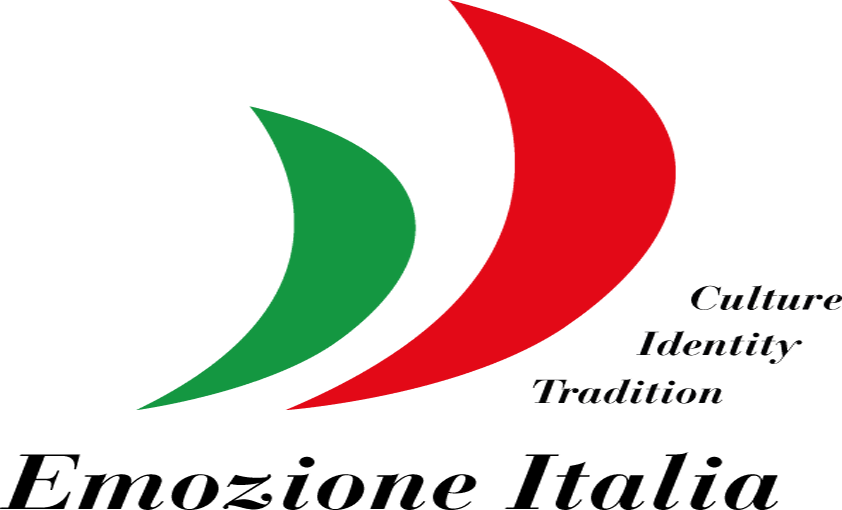Visit Chignolo Po Castle (Pavia)
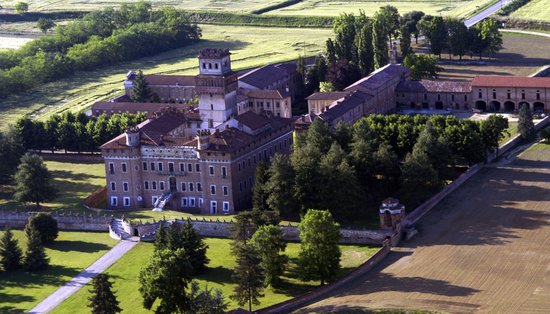
The oldest part of the Castle is the great tower from which a large stretch of the Po (Cuneulus Padum) was controlled. It is believed to have been built by King Liutprando around 740 AD, when Pavia was the capital of the Lombards, as a fortress and garrison on the Po and the Via Monte Bordone, later Via Francigena – Romea which linked northern Europe to Rome.
In 910 AD King Berengar gifted the fortress to the Benedictine monks of the Abbey of Santa Cristina, located a few kilometres away, which became an important part of the complex.
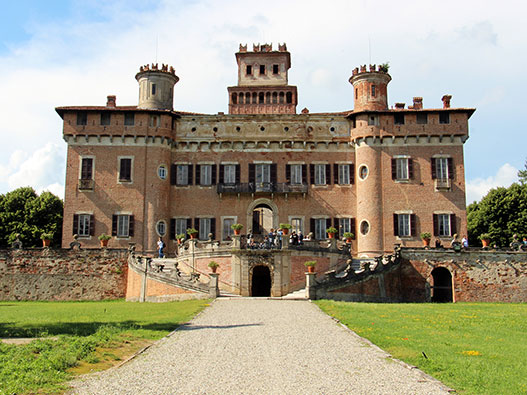
From the XIII century, in a very short time span, the Castle became one of the most important fortresses in
Lombardy ruled over by the Pusterla family until 1340 when they became embroiled in a conspiracy plot which ended in a bloody battle costing their lives.
The Castle was subsequently ruled by the Federici and Cusani families who maximised its power through concessions and special privileges, received from the kings and dukes of Milan.
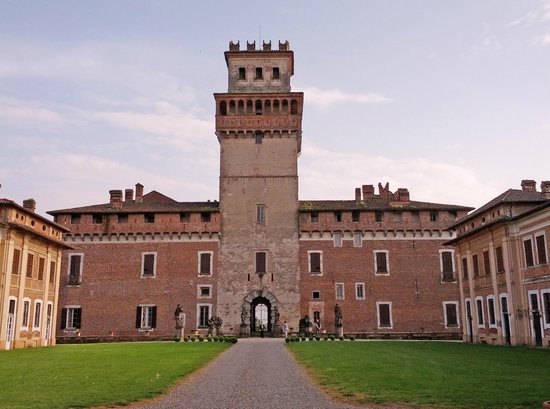
The Cusani, feudal lords of Chignolo’s Castle, remained in power until the end of 1796 when the French Revolution abdicated their power.
From 1700 to 1730 the Castle was expanded and transformed from a medieval fortress to a true XVIII Century palace where popes, emperors, kings, princes and archdukes would sojourn.
The stuccos and frescoes adorning the Castle’s rooms were entrusted to the Tiepolo school. The Castle’s then owner Cardinal Agostino Cusani Visconti (1655-1730), the Pope’s ambassador to th Republic of Venice and Paris at the Court of Louis XIV as well as Bishop of Pavia, willingly funded the entire project.
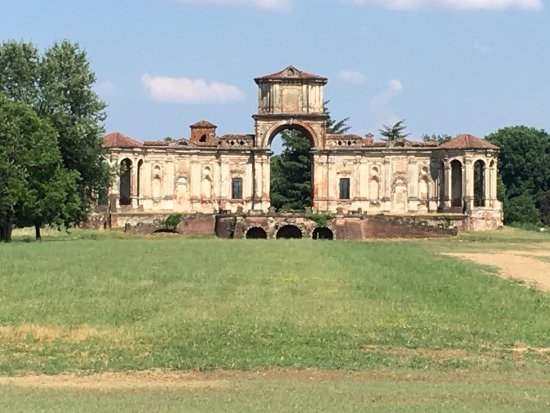
The Roman architect Giovanni Ruggeri, commissioned craftsmen, sculptors and painters from Venice and France to carry out the following works:
- the construction of an extensive garden on more than thirty hectares of land surrounding the Castle;
- the building of an elaborate Baroque structure centrally located within the garden with adjoining lake and fish pond known as the “Tea House” or “Belvedere”;
- the construction of gardens, gazebos, nymphs, statues and fountains around the Castle;
- the building of the Courtyard of Honour adorned with the coat of arms on the main balcony denoting the Cardinal’s status, with a small elegant bridge crossing the moat which connected it to the garden;
- the construction of the entire East Wing, housing spectacular guest apartments including the Pope’s quarters dedicated to Clemente XI and the bedroom in which Napoleon Buonaparte and the Emperor of Austria Francesco I sojourned.
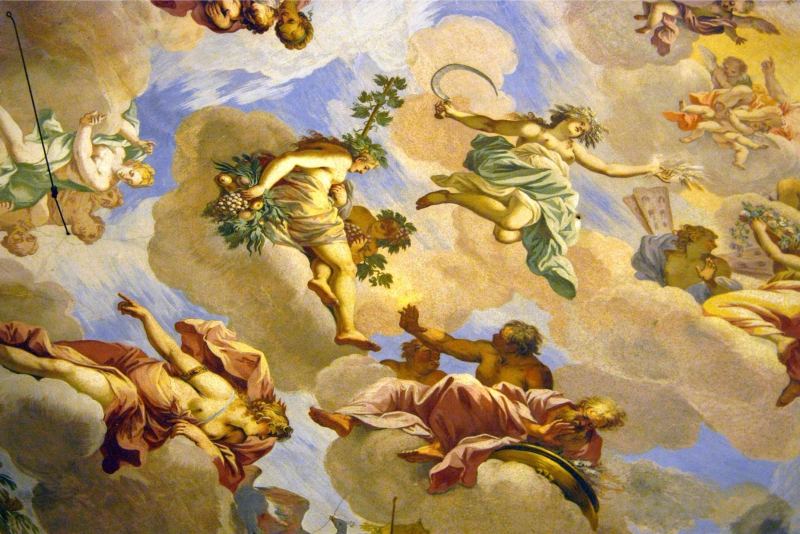
Fresco from Tiepolo School
Upon completion of the great works, the Castle of Chignolo Po became known as the “Versailles of Lombardy”.
Castle of Chignolo Po (Pavia)
Via Stazione – 27013 Chignolo Po (Pavia)
Info
www.castellodichignolopo.it
Tel. : +39 347 4246765
Email : info@castellodichignolopo.it
Guided Tours
• from March to November (except August)
• Sunday and Holidays from 3 pm to 6 pm (every 30 minutes)
• every day for a minimum 15 people groups, by reservation at least 2 days before.
